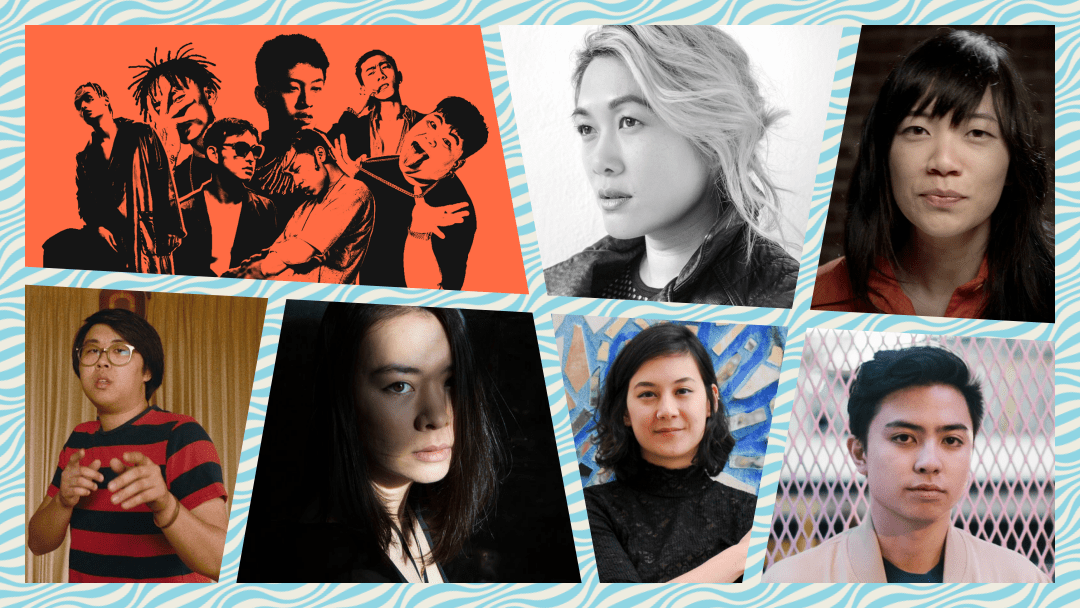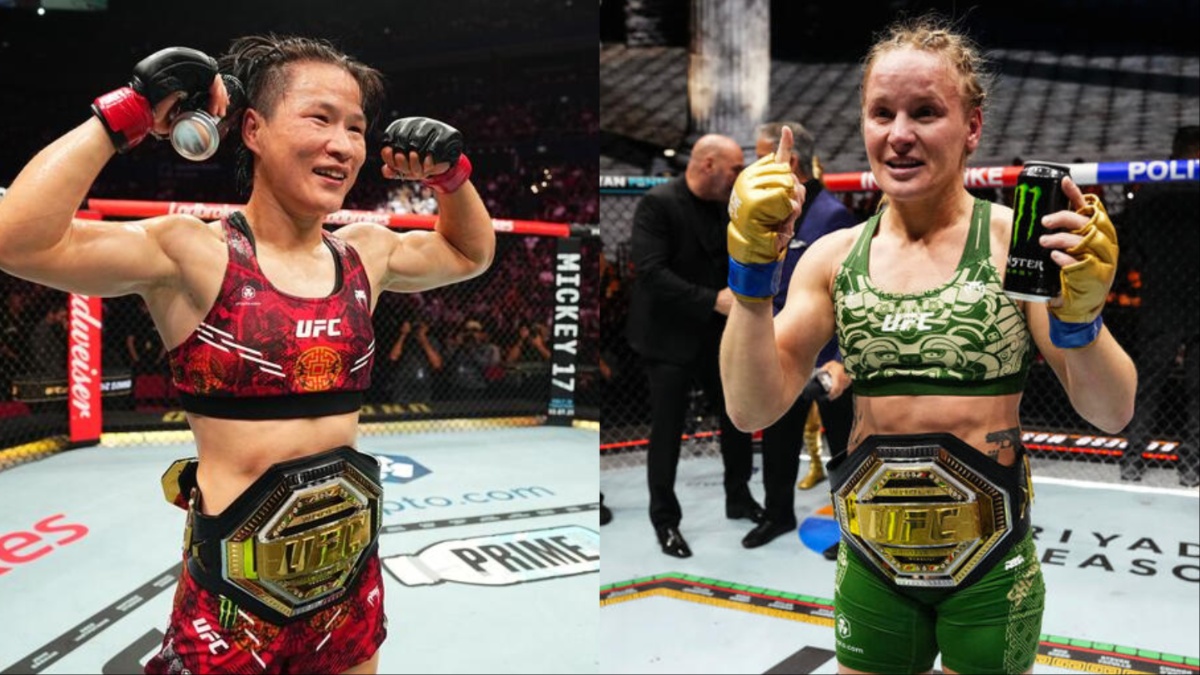From Stereotype To Substance: Achieving Authentic Asian And Asian American Representation

Table of Contents
Understanding the Problem: Persistent Stereotypes and Their Impact
The underrepresentation and misrepresentation of Asians and Asian Americans are deeply rooted in persistent stereotypes that significantly impact individuals and communities.
The Model Minority Myth and its Limitations
The "model minority" myth paints an overly simplistic and often inaccurate picture of Asian Americans as inherently intelligent, hardworking, and successful. This stereotype is incredibly harmful because:
- It erases diversity: The "model minority" myth ignores the vast socioeconomic disparities within Asian communities, overlooking the struggles faced by many immigrants, refugees, and those from marginalized ethnic groups.
- It sets unrealistic expectations: Individuals feel immense pressure to conform to this idealized image, leading to stress and mental health challenges.
- It fuels harmful comparisons: The myth is often used to pit Asian Americans against other minority groups, hindering inter-community solidarity and understanding. It creates a false sense of competition and undermines collective efforts towards social justice.
Other Harmful Stereotypes
Beyond the "model minority" myth, numerous other harmful stereotypes perpetuate a distorted image of Asian and Asian American individuals. These include:
- Hypersexualization: The fetishization of Asian women, often depicted as submissive or exotic, reduces them to objects of desire and reinforces harmful power dynamics.
- Perpetual foreigner: This stereotype casts Asian Americans as outsiders, regardless of their citizenship or length of residency, fostering feelings of exclusion and othering. This is often expressed through accents, assumed lack of English proficiency, or questioning of their national identity.
- Villainous character: The disproportionate casting of Asians and Asian Americans as villains or henchmen in films and television perpetuates negative associations and fuels xenophobia.
The Lack of Diverse Representation
The dearth of diverse representation across various Asian ethnicities and experiences is stark. Statistics reveal:
- Underrepresentation of specific groups: Southeast Asians, Pacific Islanders, and South Asians are often significantly underrepresented compared to East Asians.
- Limited range of roles: Asian characters are frequently relegated to supporting or stereotypical roles, with few opportunities to showcase the full range of human experiences.
- Lack of behind-the-scenes diversity: The underrepresentation of Asian and Asian American writers, directors, and producers further perpetuates biased narratives and limited perspectives.
Towards Authentic Representation: Empowering Asian and Asian American Voices
Achieving authentic Asian and Asian American representation requires a multifaceted approach that centers the voices and experiences of the communities themselves.
Amplifying Diverse Narratives
It's crucial to tell stories reflecting the full spectrum of Asian and Asian American identities and experiences:
- Inclusion of marginalized groups: Stories need to represent immigrants, refugees, LGBTQ+ individuals, people with disabilities, and individuals from various socioeconomic backgrounds within Asian communities.
- Complex and nuanced characters: Moving beyond stereotypes requires creating characters with depth, flaws, and motivations that resonate with audiences. This includes showcasing both triumphs and struggles within Asian communities.
- Examples of success: Shows like Fresh Off the Boat (while not without its criticisms) and films such as Parasite demonstrate the potential for authentic and nuanced storytelling.
The Importance of Accurate Cultural Depictions
Authenticity requires meticulous research and collaboration:
- Consultation with community members: Engaging with Asian and Asian American communities to ensure accurate portrayal of culture, traditions, and language is paramount.
- Avoiding cultural appropriation: Respectful representation means avoiding the superficial adoption of cultural elements without understanding their significance and context.
- Celebrating cultural richness: Showcasing the diversity of languages, traditions, and customs within Asian communities is crucial for dismantling stereotypes and fostering understanding.
Empowering Asian and Asian American Creatives
Providing opportunities for Asian and Asian American storytellers is vital:
- Increasing representation behind the camera: More Asian and Asian American writers, directors, producers, and actors are needed to ensure authentic narratives and perspectives.
- Mentorship and support programs: Initiatives aimed at supporting and developing the next generation of Asian and Asian American creatives are crucial.
- Promoting diverse voices: Highlighting and celebrating the work of talented individuals from diverse Asian communities.
Practical Steps for Achieving Change
Everyone has a role to play in promoting authentic Asian and Asian American representation.
Supporting Asian and Asian American Media
Actively seek out and support media that provides accurate portrayals:
- Watch and support films and TV shows: Choose media that prioritize authentic representation and feature diverse characters and storylines.
- Read books by Asian and Asian American authors: Explore diverse literary voices and perspectives.
- Support independent films and productions: Independent creators often have more opportunities to showcase authentic stories.
Advocating for Change
Take concrete steps to advocate for better representation:
- Contact media companies: Express your support for authentic representation and your concerns about harmful stereotypes.
- Join advocacy groups: Support organizations working to promote diversity and inclusion in the media industry.
- Support relevant campaigns: Participate in initiatives that call for greater representation of Asian and Asian American voices.
Promoting Media Literacy
Develop critical media consumption skills:
- Identify and analyze stereotypes: Learn to recognize and challenge the stereotypical portrayals often found in media.
- Critically evaluate narratives: Assess the messages and values conveyed in media, and consider the potential impact on viewers.
- Seek diverse perspectives: Actively seek out multiple sources and perspectives to gain a broader understanding of Asian and Asian American communities.
Conclusion
Achieving authentic Asian and Asian American representation demands a collective effort. By understanding and challenging persistent stereotypes, empowering Asian and Asian American voices, and taking concrete steps to promote change, we can move from stereotypical portrayals to substance, creating a more accurate and inclusive representation of these vibrant communities. Let's continue the conversation, support the creators telling these stories, and demand better representation in all forms of media. Let's move from stereotype to substance, ensuring that future generations see themselves reflected honestly and authentically in the stories they consume.

Featured Posts
-
 Zhang Weili Vs Valentina Shevchenko The Ufc 315 Possibility
May 11, 2025
Zhang Weili Vs Valentina Shevchenko The Ufc 315 Possibility
May 11, 2025 -
 Bristol Speedway Classic Will Fans Turn Out For Manfred
May 11, 2025
Bristol Speedway Classic Will Fans Turn Out For Manfred
May 11, 2025 -
 Morning Report Shevchenko Hints At Zhang Weili Superfight
May 11, 2025
Morning Report Shevchenko Hints At Zhang Weili Superfight
May 11, 2025 -
 Guilty Plea In Covid 19 Testing Scandal Lab Owners False Results
May 11, 2025
Guilty Plea In Covid 19 Testing Scandal Lab Owners False Results
May 11, 2025 -
 Medieval Book Cover Unveiling Merlin And Arthurs Tale
May 11, 2025
Medieval Book Cover Unveiling Merlin And Arthurs Tale
May 11, 2025
